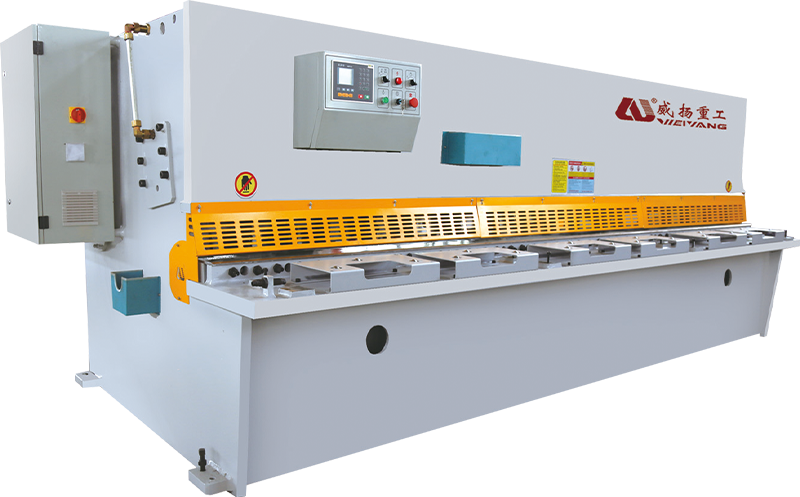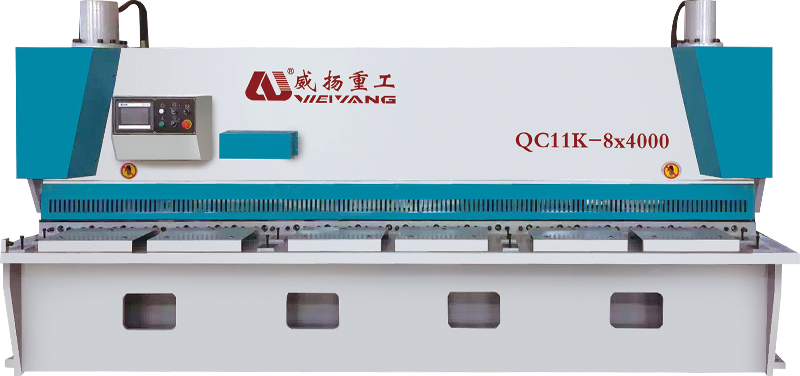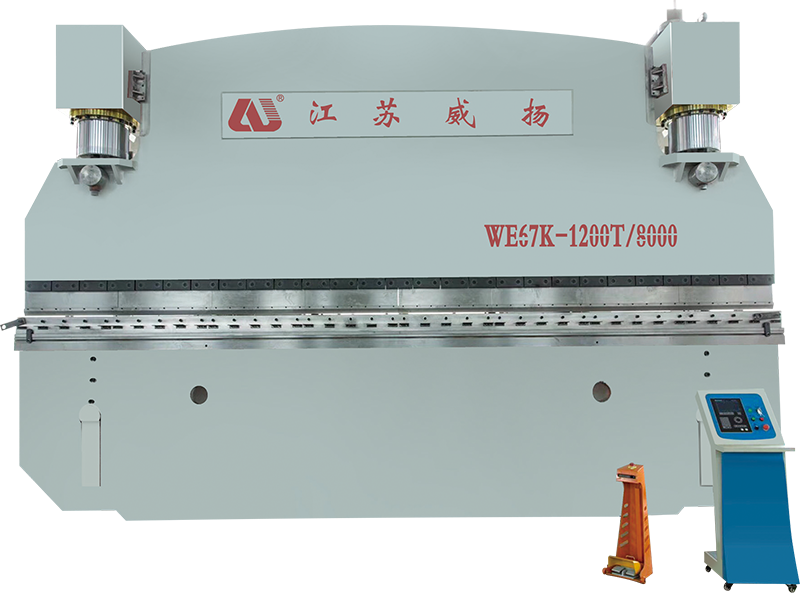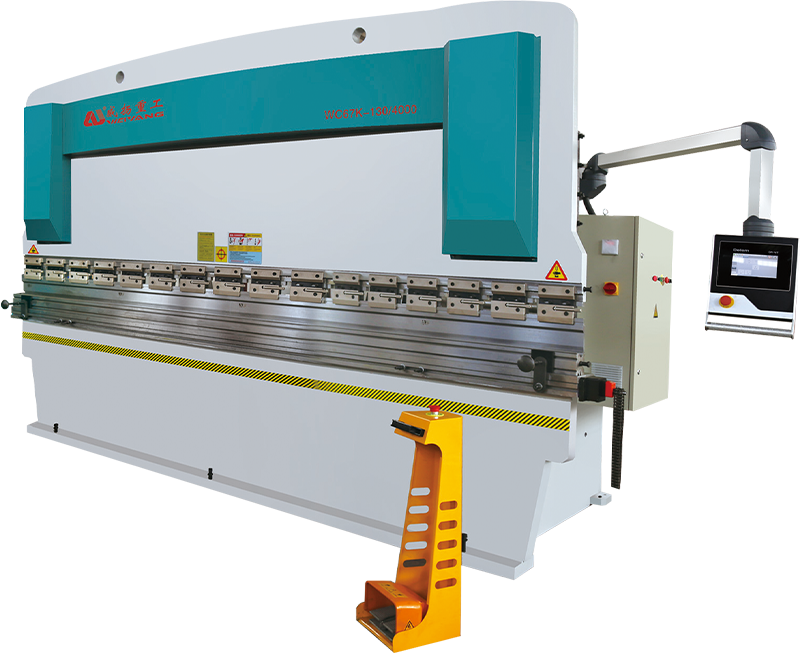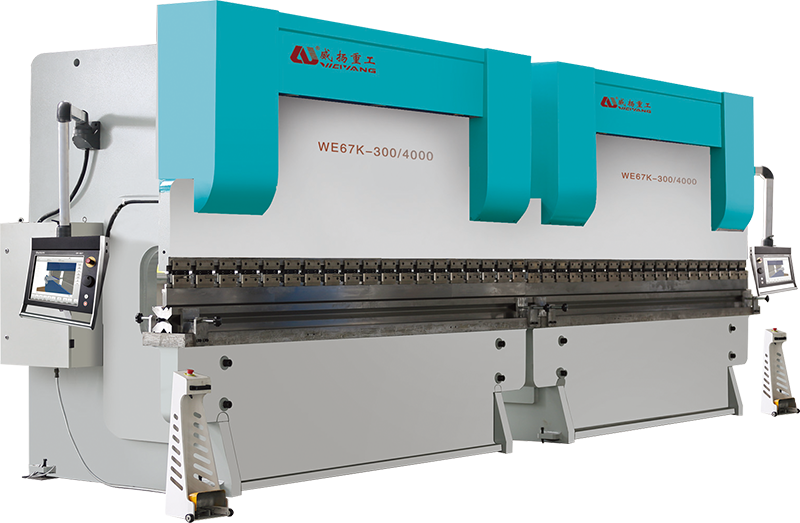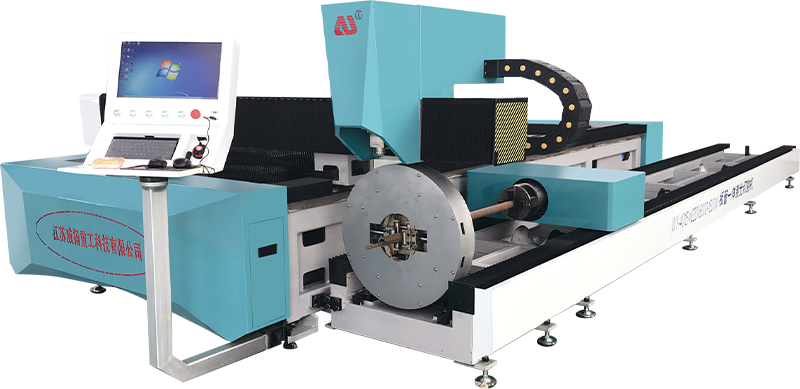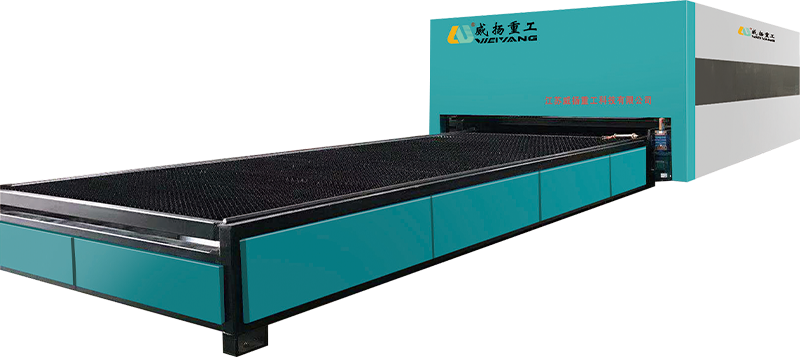How do the auger and impeller designs of a Handheld Snow Blower contribute to its snow throwing distance and clearing width?
The auger in a Handheld Snow Blower plays a fundamental role in the snow removal process by gathering the snow and pushing it into the impeller. A well-designed auger ensures that snow is collected efficiently, whether the snow is light, fluffy powder or heavy, wet, slushy snow. The width of the auger determines how much snow can be collected in a single pass, with a wider auger typically allowing for a greater clearing width. The more snow the auger can grab at once, the fewer passes are needed to clear a given area, reducing the overall time required for snow removal. The shape and design of the auger blades are important in breaking up compacted snow or ice. Augers with sharp, multi-bladed designs are better equipped to cut through tough snow, making it easier to clear driveways or sidewalks even after heavy snowfalls. The material used in the auger also impacts its durability and ability to handle rough, icy conditions. Steel augers, for instance, offer high strength and resilience, which are particularly beneficial when removing thick snow or ice buildup.
The impeller in a Handheld Snow Blower is the component responsible for expelling the snow once it has been gathered and moved by the auger. The impeller’s design, specifically its number of blades, blade angle, and overall size, has a significant impact on the snow-throwing distance. The number of blades on the impeller determines how quickly it can expel the snow once it’s been fed into the system. More blades typically lead to more effective snow expulsion, as the snow is moved faster and at higher velocities. The angle at which the blades are set also plays a crucial role; an optimal blade angle can help direct the snow more efficiently into the chute, ensuring it is thrown at the desired distance. A high-performance impeller, capable of reaching high RPMs (rotations per minute), can expel the snow at greater distances, allowing the blower to clear wider areas without the need for multiple passes. The diameter of the impeller is another crucial factor—larger impellers generally allow for a higher volume of snow to be handled, which contributes to better snow throwing performance, especially in deeper snow conditions.
The synergy between the auger and impeller is a critical factor in achieving optimal snow-blowing performance. An auger that feeds the snow effectively into the impeller will help maintain a continuous flow of snow through the blower, ensuring it is ejected without blockages or clogging. A balanced system, where the auger feeds the snow at an optimal rate and the impeller expels it quickly, prevents bottlenecks and increases the overall efficiency of snow removal. For example, if the auger is designed to take in snow too quickly but the impeller cannot expel it at the same rate, this can lead to clogging in the chute, reducing the machine's efficiency. On the other hand, when both components are well-coordinated, the snow is cleared quickly and efficiently, with minimal user effort. The ability of the auger to continuously push snow into the impeller ensures that the blower operates smoothly, allowing the user to clear large areas of snow in a short amount of time.
The materials used in the auger and impeller, as well as the shape of the blades, are key factors that affect their performance. Augers and impellers made from durable, rust-resistant materials like steel or hardened plastic are able to withstand the wear and tear of frequent use, especially when tackling challenging snow conditions such as packed ice or slushy snow. Steel augers, for example, offer greater strength and toughness, ensuring that the blades don’t bend or break when striking hard snow or ice. The shape of the auger and impeller blades also plays a significant role in the blower’s performance. Curved blades on the auger are more effective at grabbing and moving snow, while straight or spiral blades on the impeller can help direct the snow more efficiently into the chute. The combination of durable materials and well-designed blades contributes to the overall effectiveness of the Handheld Snow Blower, ensuring that it can handle a wide range of snow types without degradation in performance.





